One of the better ways to explore a new city is by bike, because you can take as much time as you like to stop wherever something catches your eye.
As the owner of a not very well maintained biking website, I had a particular affinity for the Brisbane CityCycle scheme. CityCycle was the much maligned pet project of our milkshake duck of a former lord mayor to install a physical station-based bike hire scheme throughout the city, with the small catch that JCDecaux got to install advertising billboards throughout the suburbs as well.
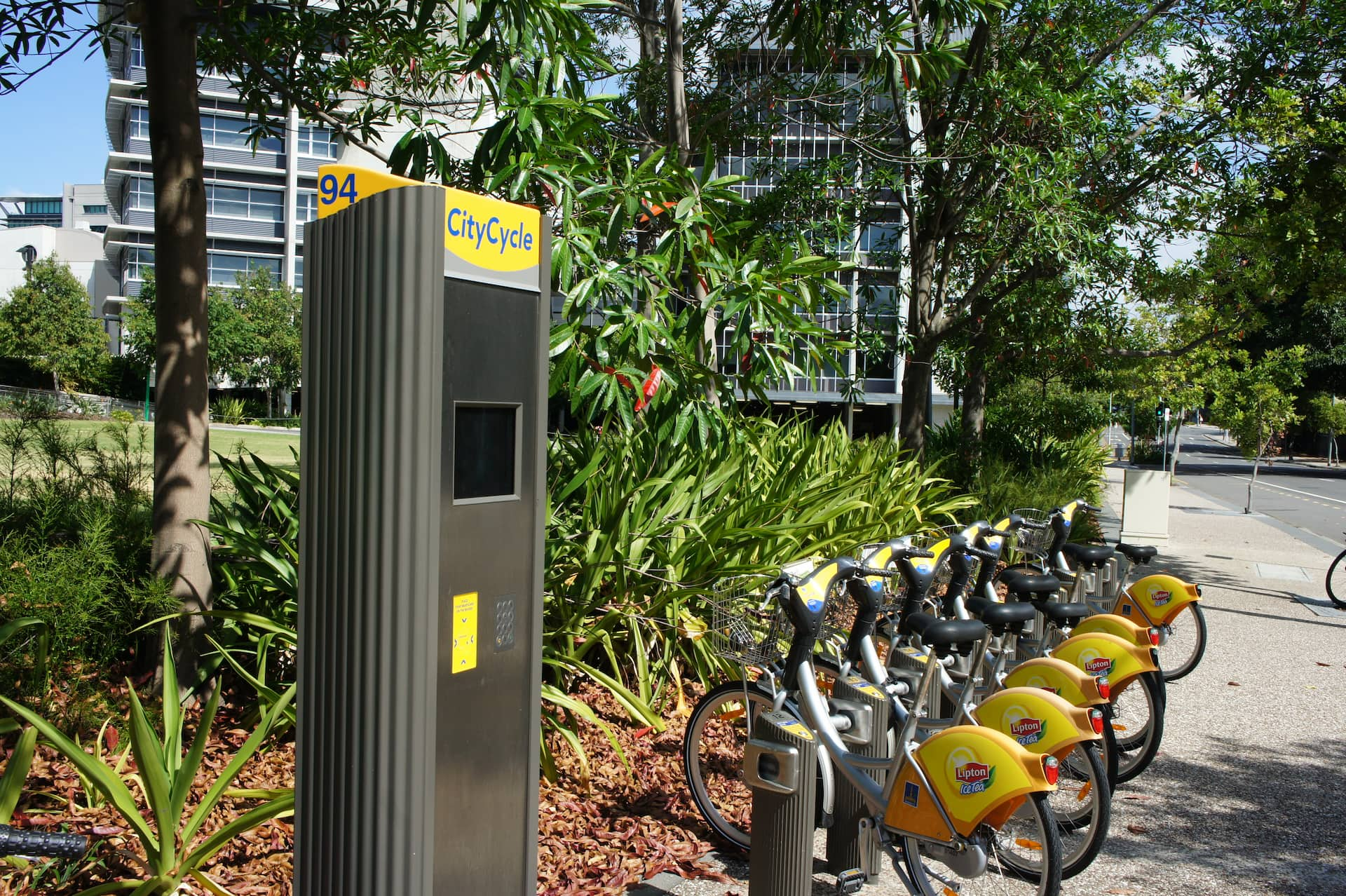
CityCycle and Me
I had a bit of a love hate relationship with the scheme. For starters, Australia’s mandatory helmet law meant that a bike share scheme really required a helmet share scheme. Initially the council expected you to BYO helmet, which I think showed a complete lack of foresight or perhaps care. Eventually they relented and left helmets with the bikes.
But ick factor aside (apparently studies showed sharing helmets was fine) a lot of the time you’d arrive at a station to find no hardhats around anyway. So you had to run the risk of getting caught by police, or just walk.
I remember one night coming home from Toowong via ferry. There were no hats at the Orleigh Park station so I took the risk: after all what are the chances? A block away from home and the police pulled me over, lights and all. I was let off with a warning but I had to walk the the bike the rest of the way.
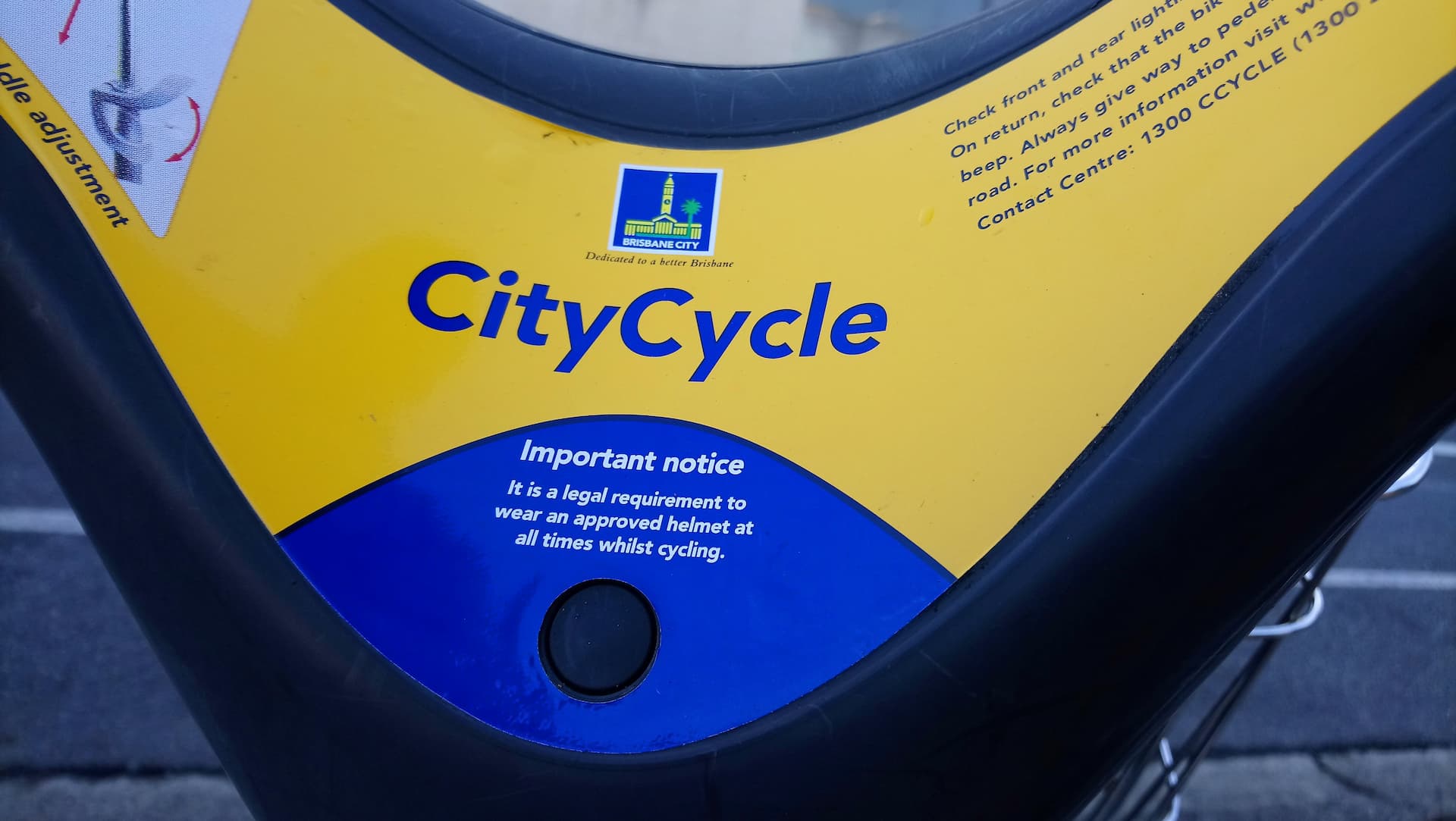
Beyond that, the payment system was way more complex than it needed to be, the bikes themselves were SO heavy, in the beginning the system closed at 10pm, and a lack of sensible places to ride at the time turned off a lot of people.
Despite all this, it was a great little scheme. The free 30 minute window meant if you timed things right you could pretty much ride all day without paying a cent, so it was a really great way to explore the city on the cheap.
And I think just having the bikes around town was good promotion for a sustainable and healthy transport option. Puts a spark of an idea in your mind.
The network
Being a river city, the Brisbane CityCycle network followed the ol’ brown snake from Newstead down to St Lucia.
Stations were dotted around the river and by railway stations, so you were never too far away from one, provided you didn’t stray out the network.
I took this screenshot from the map on the Brisbane Council site, but I don’t think it’s comprehensive because I know for a fact there was a Citycycle station up the street from my place which isn’t listed here. Alas.
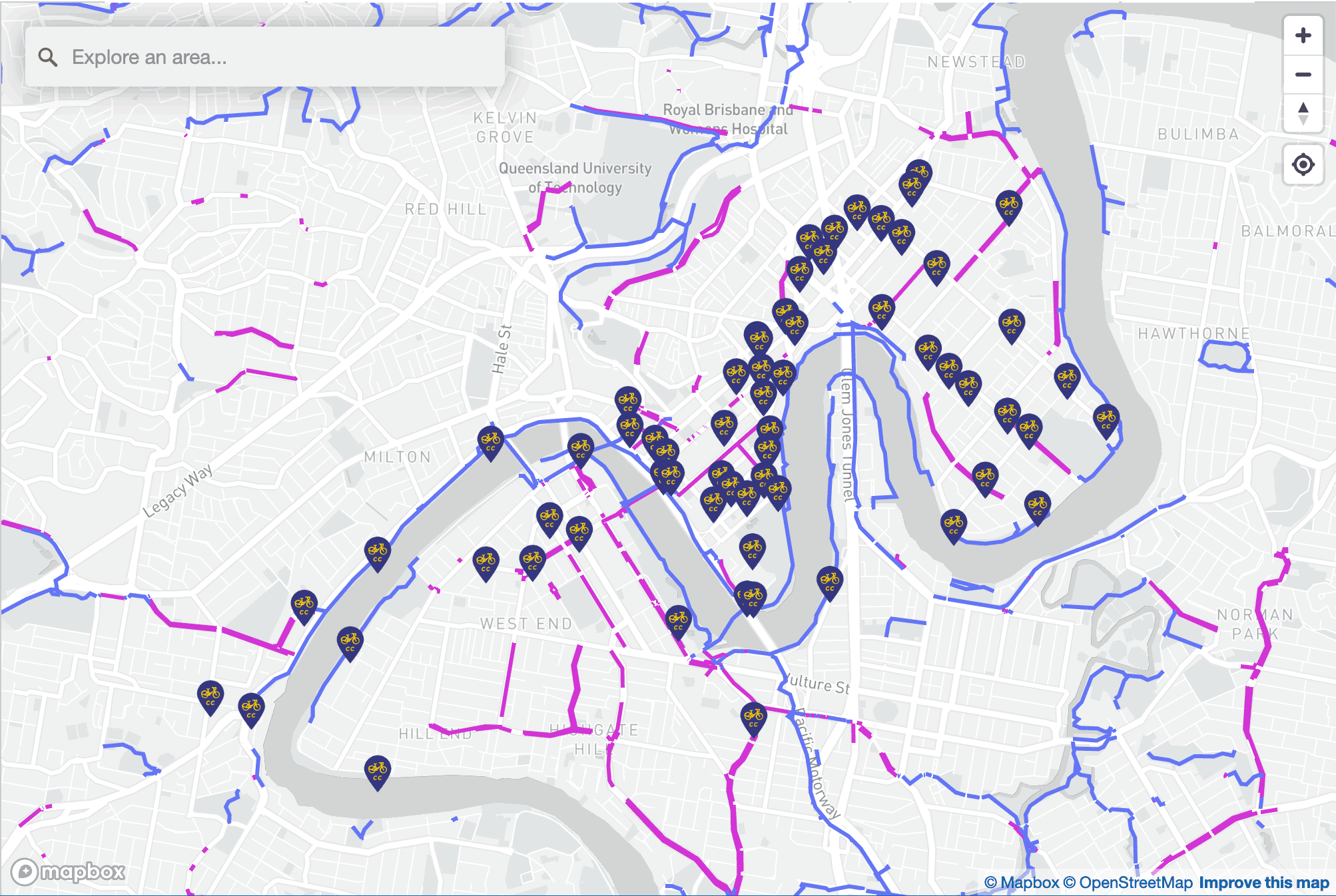
The online subscription required a credit card and sent an email with an account number to plug in at the kiosk at each station. The website was painful to use because it wasn’t optimised for mobile, and each person had to sign up individually. So if I knew I was going out with friends sometimes I’d create a couple of burner subscriptions we could all use without having to sign up.
A day pass on the scheme used to cost $2.00 and usage was billed in 30 min blocks. The first 30 minutes was free, the next two blocks were $2, and subsequent blocks were $5, capped at $48/day. Slightly confusing.
But there was no penalty for checking a bike back in before the 30 minutes expired. So the trick was to check in before your 30 minutes was up, wait a moment for the system to reset, then check it back out again for another free thirty minutes. You could hire a bike for effectively the whole day as long as you checked it back in periodically, for a grand total of $2.00.
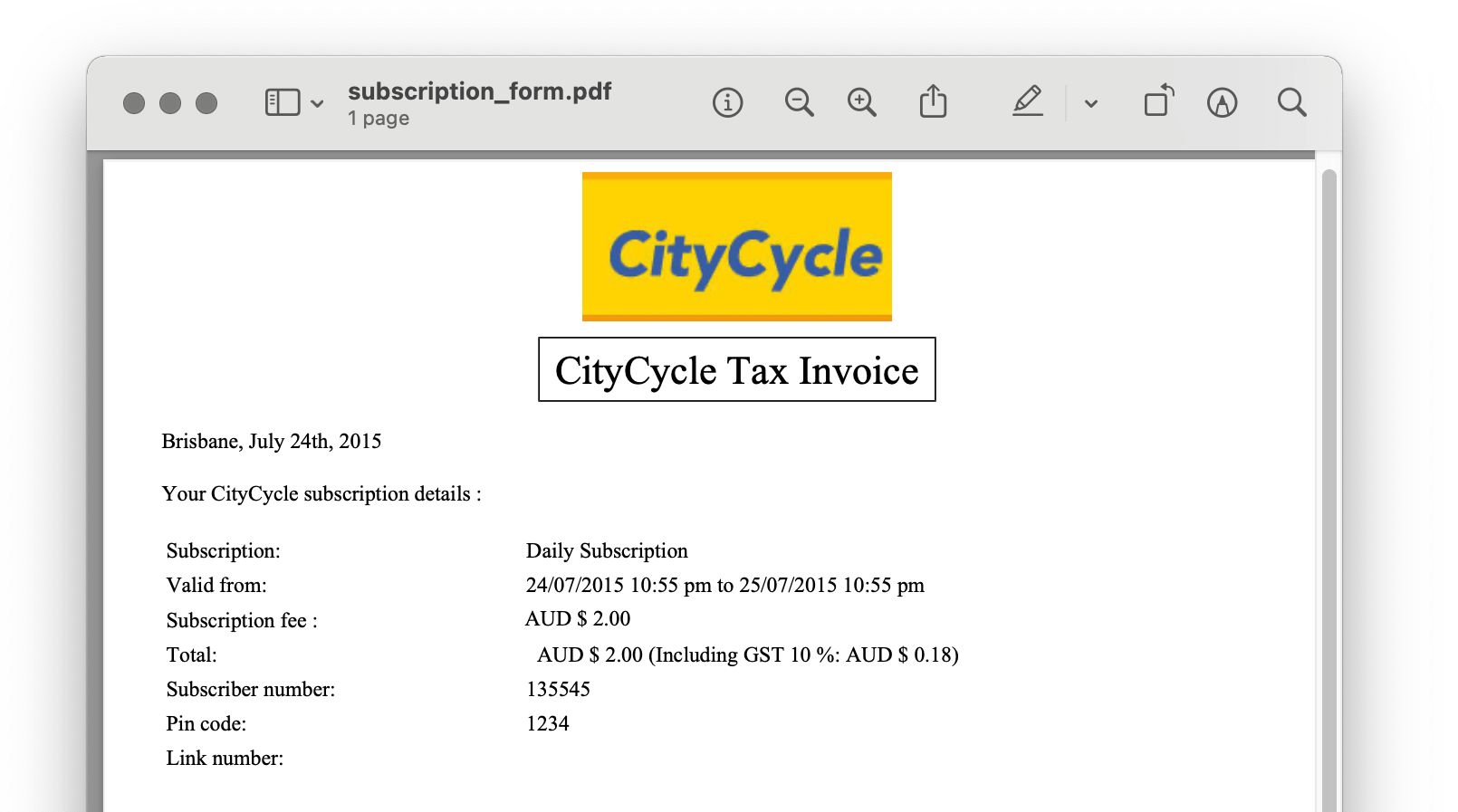
But once you were going there were no limits*!
I remember once I’d organised to ride with some friends but my own bike was broken. So I checked out one of the trusty yellow workhorses and cycled the heavy bloody thing along our route, and the only complaints were from everyone else that I was going too slow. I cycled way outside the coverage zone that day and I don’t remember how much that one cost, so it can’t have been too bad.
I also have a friend who legendarily rode a CityCycle up Mount Coot-Tha. A few people did over the years. I could never.
The ride took me fifty-seven minutes, end-to-end. Forty-eight of those were spent riding, most of the balance was waiting at the Hale St West construction site and refilling my water bottle at the top. What’s sort of cool is that when a did a similar ride a few months ago, it took me forty-four minutes. That was slightly more circuitous, going around the graveyard but skipping the initial Planetarium climb, but the point remains that despite a CityCycle bike’s weight and positioning, it doesn’t really make that much of a difference. Nevertheless, the uphill segment of my ride did take the record for the slowest front-side Mt Coot-tha ascent.
Mt Coot-tha on a CityCycle, Thom, 2011
The downfall of the dock
The French style docked bike hire schemes were really a product of their time. In the late 2010s dockless bikes were trialled around the world with kinda horrifying results (the scale of waste in this photoset of abandoned and illegal bike share bikes in China for example is truly mind boggling).
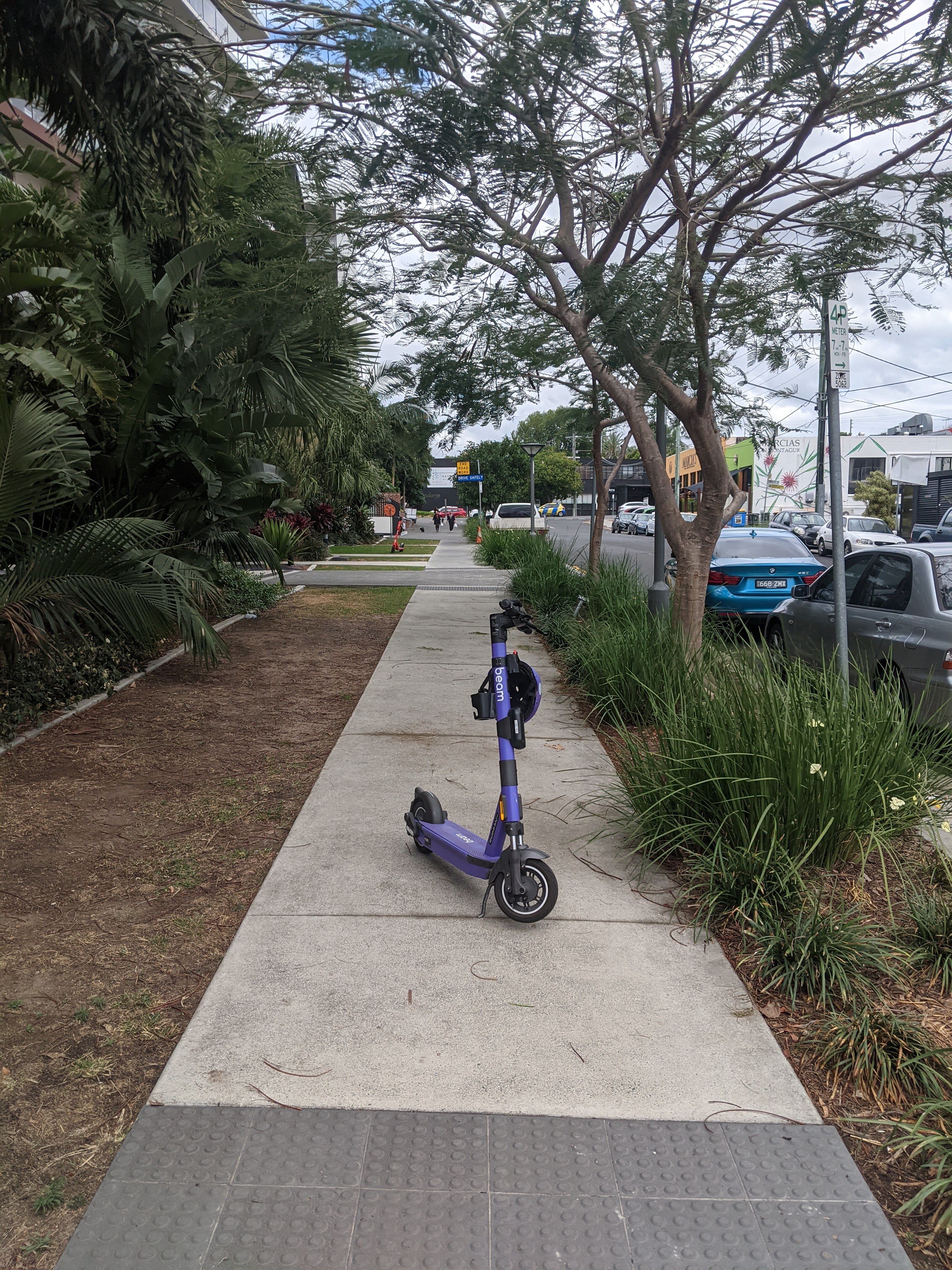
But Bird and Lime changed the game with dockless escooter hire, launching in Brisbane in late 2018.
Despite not sticking around to see their work pay off, it really ushered in the era of micromobility for the masses. These days you can now find a Beam or Neuron scooter parked across the footpath on pretty much any city street, and the app-based signup is leagues easier to use. I still love my bike, but sometimes you can’t beat a scoot for the perspiration-free convenience.
In late 2021 the CityCycle stations finally began to disappear, one by one turning into car parks, scooter drops, or reverting back to footpath. The one thing that didn’t disappear though? Those JCDecaux billboards. Funny that.
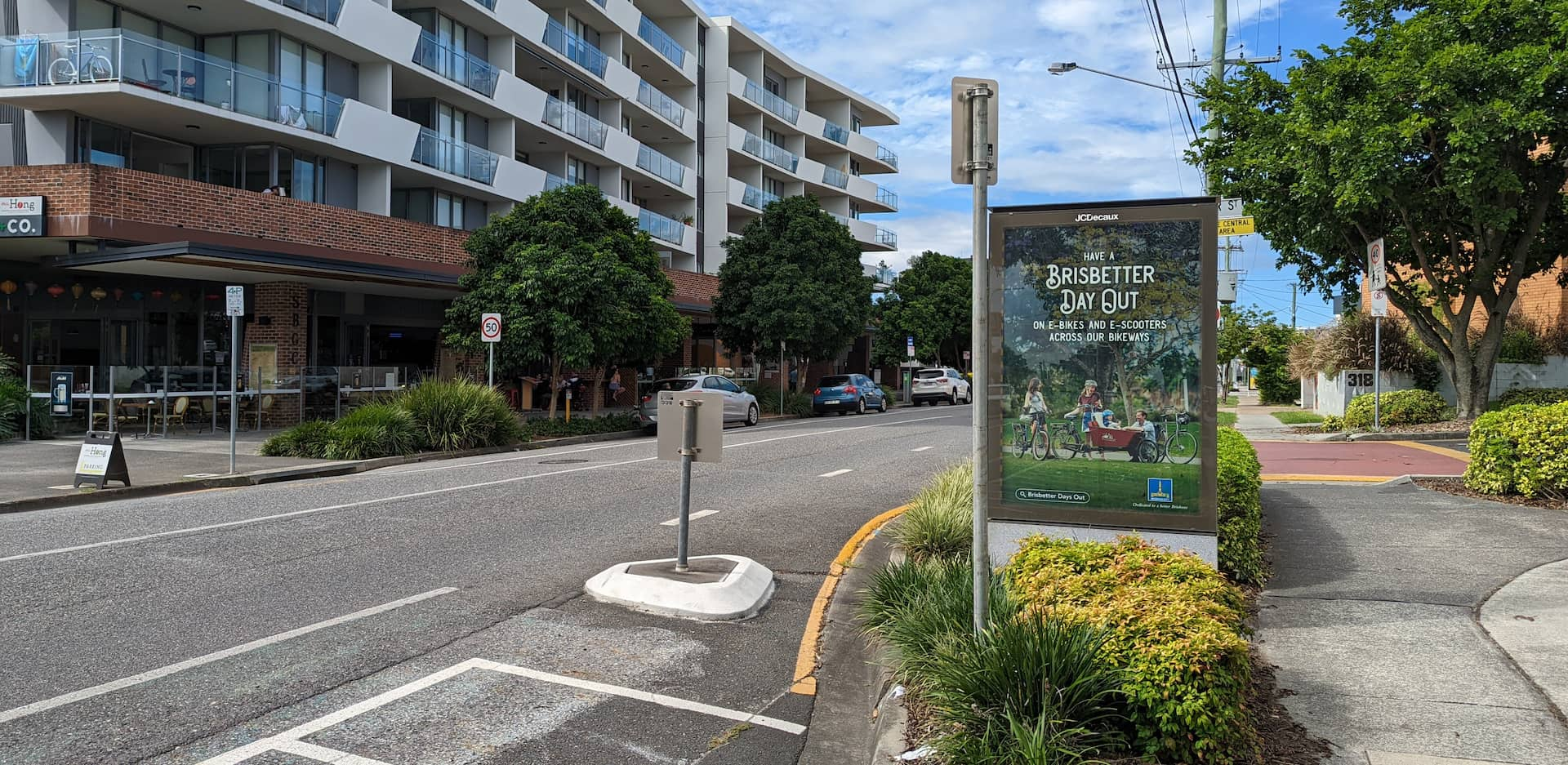
Council has converted former CityCycle spaces on the footpath to e-mobility parking hubs. We are also continuing to investigate the future use of former on-road CityCycle spaces, including converting these spaces to other parking options where possible.
Works to decommission and remove each of the CityCycle stations included: saw-cutting, jack-hammering and core drilling to pull apart elements of the station, removal of the existing material around the station, reinstatement of the site area to match existing surfaces (as close as practical).
CityCycle decommissioning, BCC 2021
While CityCycle is gone, the pandemic and rise of the scoots means there’s even more people than ever looking to active transport to get around.
There’s still plenty left to do, but eleven years of council focus on cycling infrastructure has given us an increasingly comprehensive cycling and scooting network. It’s obvious that this is the best way to get around, and it’s great news that from here there’s only going to be more focus on making it possible.
That’s about it. If you’re interested in more, my vlog about the Brisbane Festival includes an art installation where the remaining CityCycle bikes were turned into sculpture.
Alternatively this 2018 era vlog about the Night Noodle Markets includes riding a CityCycle into the city montage to meet up with friends. A different era.
Also for more tips, check out my cycling in Brisbane website.